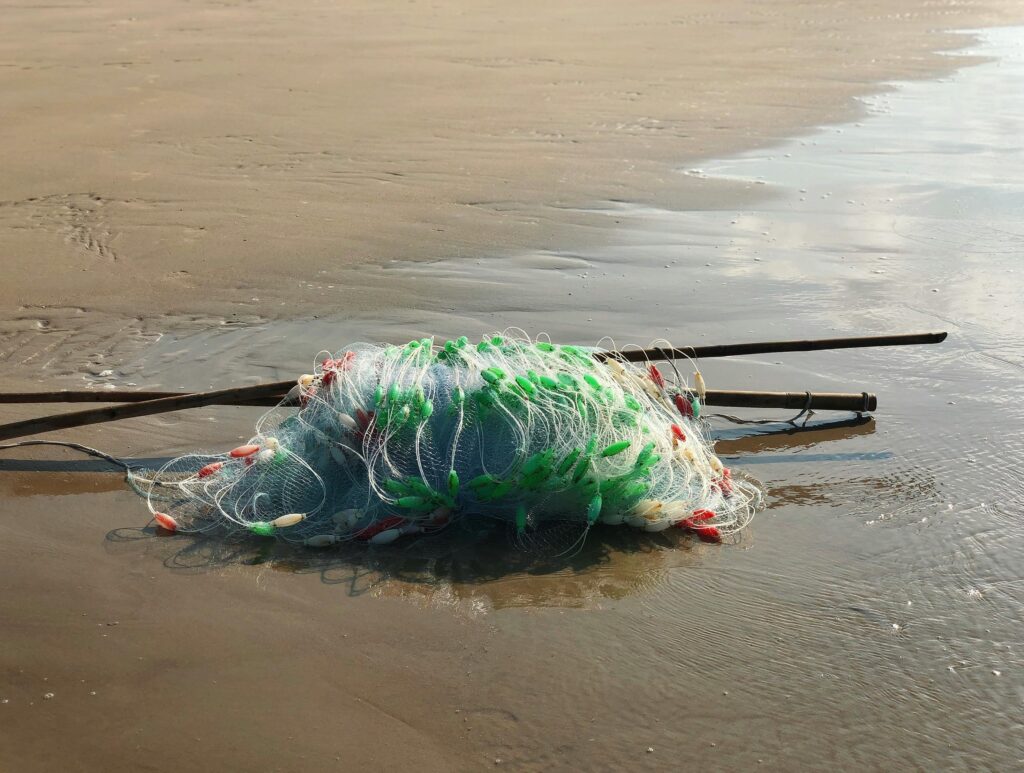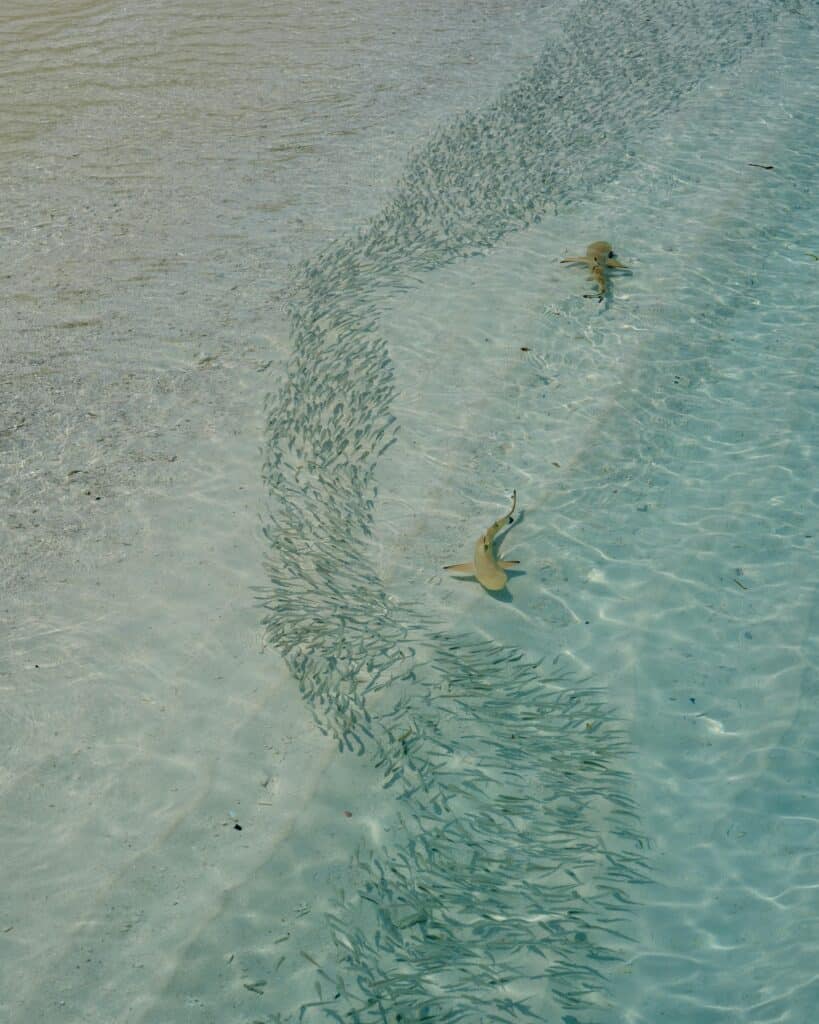If you’re ready to embark on the thrilling pursuit of tuna fishing in the radiant and bountiful waters of Costa Rica, this ultimate guide is tailored just for you. Picture yourself at the helm of a charter fishing boat out of Flamingo Marina, located in the picturesque region of Flamingo, Guanacaste, reeling in those massive tuna with the azure backdrop of the Costa Rican horizon. With compiled wisdom from seasoned fishers and local insights, our guide aims to provide beginners with useful tips and tricks to make each fishing expedition successful and enjoyable. So let’s set sail on your exciting tuna fishing journey in beautiful Costa Rica!

Understanding The Species
When it comes to fishing, knowledge is undoubtedly the biggest lure one can cast. So, before reeling off to the waters, understanding your target species is crucial.
Learning about Tuna
Tuna is part of the mackerel family and is known for its speed and strength. Varying in size from small individuals averaging around 20 pounds to giants measured in the hundreds of pounds, these fish are excellent swimmers and can put up quite a fight. They are active predators, feeding mainly on other fish and squids, which is why selecting the right bait for tuna fishing can significantly increase your chances of a successful catch.
Different types of Tuna in Costa Rica
Costa Rica’s rich, tropical waters make it an excellent habitat for different types of tuna. Species that you’re likely to encounter in this region include the Yellowfin Tuna, Bigeye Tuna, and the Bluefin Tuna. Each of these species has its unique traits, which influences their behavior and, in turn, should guide your fishing approach – that’s why it’s essential to familiarize yourself with them.
Why Costa Rica for Tuna fishing
Thanks to the Tobias Bolaños International Airport in San Jose and Daniel Oduber International Airport in Liberia, getting to Costa Rica’s fishing hotspots is relatively easy. Apart from its accessibility, Costa Rica’s serene and biodiverse waters provide a thrilling fishing adventure you’d be hard-pressed to find elsewhere.
Fishing Seasons in Costa Rica
Just as important as understanding your target species is knowing the best times to fish for them. Costa Rica follows a two-season format: the dry season, which runs from December to April, and the rainy season, from May to November.
Understanding the fishing seasons
Apart from the influence of rainfall and temperature on fish behavior, the fishing seasons in Costa Rica are often dictated by ocean currents. These currents influence the abundance and distribution of baitfish, which in turn affects the presence of predatory species like tuna.
Best time for Tuna fishing
While tuna can be caught year-round in Costa Rica, they are more abundant from May to November. The larger Yellowfin and Bluefin Tuna usually surface around July to September due to the increased levels of baitfish in the water during the rainy season.
Off-season Tuna fishing
Even during the off-season, you can still reel in a sizeable catch. Tuna is an open ocean species, meaning they aren’t strictly bound to the coastal areas, unlike other species. This trait allows Tuna to be present year-round, although the considerable catches may lessen during the dry season.
Selecting the Right Charter Fishing Company
Once you’ve taken the species and seasons into account, it’s time to consider your fishing arrangement. When fishing in Costa Rica, charter companies provide you with everything you need—a boat, a crew, and gear.
Key factors to consider
When choosing a charter company, consider factors like their fishing schedule flexibility, the quality of their gear, the experience of their crew, and their ability to cater to your specific needs, whether you are a beginner or a seasoned angler.
Reviewing price packages
Packages can vary between charters, so it’s essential to clarify what is included in your chosen package. Check for inclusions like fishing gear, bait, meals, drinks, fishing license, and fuel costs. Some charter companies provide package deals, which might be cost-saving depending on your requirements.
Carrying out background checks on companies
Customer reviews and testimonies shed light on the potential experience you might have with a charter. Hence, doing a thorough online check on the company’s reputation and feedback from previous customers is advisable before making a final decision.
Charter Fishing out of Flamingo Marina
Situated in the province of Guanacaste, the Flamingo Marina is one of the best fishing spots in Costa Rica.
Understanding what Flamingo Marina offers
With top-notch facilities and a diverse ecosystem teeming with different species of fish, Flamingo Marina has much to offer. It gives you access to deep water within a short boat ride, making it an excellent spot for both inshore and offshore fishing.
Why Flamingo Marina
What sets Flamingo Marina apart is the excellent year-round fishing it offers. Its location in the Pacific ensures that there’s always something biting, making every trip to the water a potential adventure.
Experience required for fishing at Flamingo Marina
Flamingo Marina is perfect for both seasoned anglers and beginners. Many charter companies operating in the area provide trips geared towards all experience levels, ensuring that everyone has an enjoyable and rewarding fishing experience.

Fishing Techniques
Equally important to where and when you fish is how you fish. Here, we will go over some basic techniques for reeling in that prized tuna.
Learning the basics
The basics of fishing include understanding how to cast, knowing when to set the hook, and learning how to reel in your catch without losing it. These skills are fundamental to any form of fishing and often dictate your overall success.
Common techniques for Tuna fishing
Trolling with artificial lures or live bait is a common technique when targeting tuna in Costa Rica. Surface popping—casting a lure onto the water’s surface and then retrieving it with an erratic, popping action—can also be utilized effectively.
Advanced techniques for a bigger catch
To boost your chances of reeling in a big one, try kite fishing or balloon fishing. These techniques involve flying a kite or ballooning with a bait suspended beneath it, proportioning a stealthier approach that often attracts larger tuna.
Fishing Tools And Equipment
Before heading off to the water, make sure you have the right tools and equipment.
List of essential fishing tools
Essential tools for tuna fishing in Costa Rica include various types of rods and reels, a variety of lures, bait, tackle box, lines, hooks, a good knife, and a gaff for landing the fish.
Where to rent or buy fishing gear in Costa Rica
In most Costa Rican fishing towns, you can find various shops where you can buy or rent fishing gear. Charters usually offer gear for the trip as part of their package, ensuring you have the right gear for the target species.
Maintenance of fishing equipment
Maintain your fishing gear in top condition to ensure their longevity. Regular cleaning, checking for any signs of wear and tear, keeping your tools dry, and storing them properly can help keep your gear functioning perfectly.

Safety Measures
Safety is paramount when fishing.
Understanding on-board safety
Ensure everyone understands on-board safety procedures, knows where the safety equipment is located, and understands how to use it.
Preparing for sea sickness
Sea sickness can spoil what should be a fun trip. If you’re prone to sea sickness, consider taking medication before setting off.
Handling fishing gear safely
Accidents can happen when using sharp fishing tools, heavy gear, and handling caught fish. Always use your gear as directed, be aware of your surrounding space, and handle your catch carefully to avoid any incidents.
Local Fishing Laws and Regulations
always adhere to local fishing laws and regulations to ensure a sustainable and eco-friendly fishing practice.
Understanding Costa Rican fishing laws
In Costa Rica, it’s illegal to hurt or kill a fish unless it’s for consumption. Catch and release are encouraged for species like roosterfish, snook, and sailfish.
Permit requirements
Any fishing activity within Costa Rican waters requires a permit, which you can acquire online or from local marinas before you start fishing.
Garbage disposal and other environmental guidelines
All boats are encouraged to practice a ‘carry in, carry out’ policy regarding trash. Plastics and other non-biodegradable items should be disposed of properly onshore.
Preserving and Preparing The Catch
Once you’ve reeled in that prized catch, it’s time to think about preservation and preparation.
Safely handling the catch
Always handle your fish with clean hands to prevent the spread of bacteria. It’s also vital to use a sharp knife when cleaning your catch to avoid accidents.
Preservation techniques
Proper storage is a must, especially if your catch is to be consumed later. Ideally, storage should be at a low temperature. If you don’t have a cooler on board, consider smoking or curing the fish to preserve it.
Cooking and preparing Tuna
Once your catch is cleaned and preserved, it’s time to cook. Tuna can be prepared in countless ways—grilled, smoked, pan-seared, sushi style and so much more. Different species can have slightly different taste and texture, so feel free to try out different recipes.
Other places to fish for Tuna in Costa Rica
While Flamingo Marina might be a fantastic spot, it’s not the only place you can fish for tuna in Costa Rica.
Exploring other fishing spots
Other fishing spots include Papagayo Gulf, Quepos, and Tamarindo. Each of these places offers unique fishing conditions and opportunities, making them worth a visit.
Key factors to consider when choosing a fishing spot
When choosing a fishing spot, consider factors like the distance, the type of fishing you aim to do, and the species you’re interested to catch.
Comparing fishing experiences at different locations
Different locations can offer different experiences. It’s always worth trying out different fishing spots to experience the variety of what Costa Rica’s vast waters have to offer.
So there you have it, your guide to an amazing fishing adventure in Costa Rica. Remember, with fishing, patience is key. So, sit back, relax, and enjoy the thrill that comes with each cast. Happy Fishing!











0 Comments